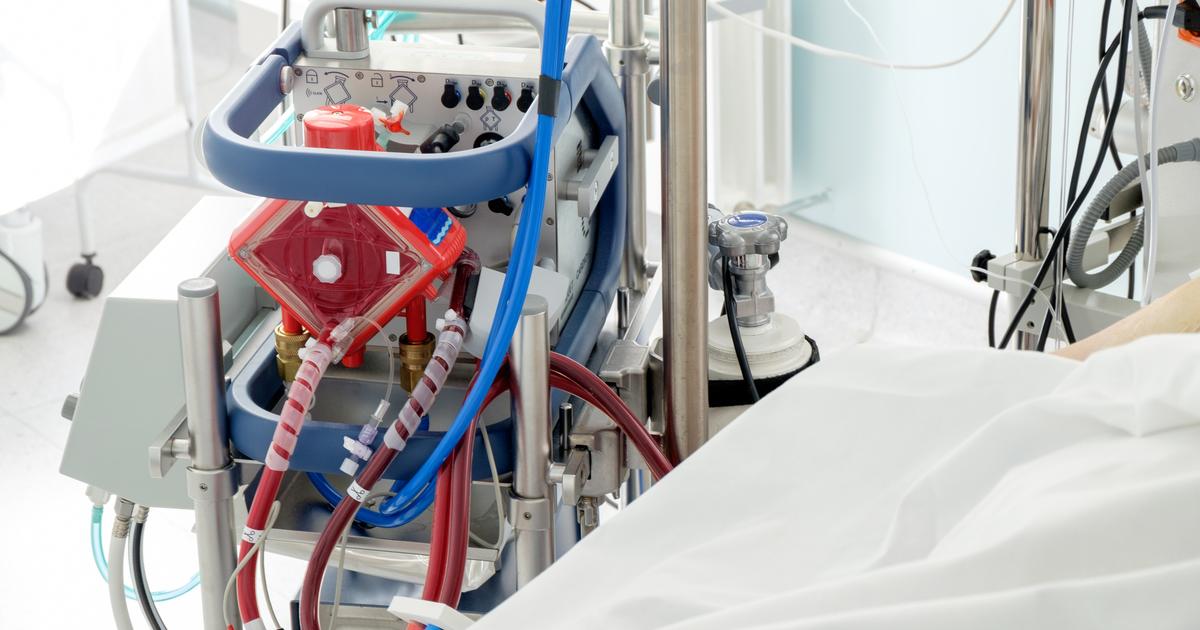11 Ways To Prevent And Treat Hantavirus Pulmonary Syndrome
An invisible danger can sometimes linger where rodents roam – Hantavirus Pulmonary Syndrome (HPS). This potentially life-threatening respiratory illness, often carried by common deer mice, spreads when people breathe air contaminated by infected rodent droppings or urine. What might initially seem like the flu—fever, aches, chills—can rapidly escalate into severe breathing difficulties as fluid fills the lungs. Recognizing the early signs and knowing if you've been in risky areas (like cabins, sheds, or rural homes with rodent activity) is crucial, as prompt medical attention is vital. To help you protect yourself and understand the condition better, we've expanded our guide to detail 11 essential ways to help prevent HPS and understand current treatment strategies. Let's explore this vital information together.
1. Breathing Support In The Hospital

Since the respiratory symptoms of hantavirus pulmonary syndrome can become very serious, patients may need breathing support in the hospital. This is usually provided in an intensive care unit, and the use of a ventilator is generally required. So adequate breathing support can be provided, patients are intubated prior to being placed on the ventilator. A tube is inserted down the patient's mouth and into their windpipe (trachea) so their airways will remain open and functional. The tube is then connected to the ventilator, and this machine 'breathes' for the patient. This type of breathing support is also useful in managing the accumulation of excess fluid in the lungs.
2. Blood Oxygenation

Blood oxygenation is recommended for patients with severe cases of hantavirus pulmonary syndrome. One of the most frequently used methods of blood oxygenation is known as extracorporeal membrane oxygenation, and it can help the body maintain an adequate amount of oxygen. The extracorporeal membrane oxygenation procedure involves the use of a pump that continuously moves the patient's blood from their body into a machine. Once inside the machine, oxygen is added into the blood, and carbon dioxide is removed. Then, the oxygenated blood is returned to the patient's body through a second intravenous line. The procedure is carried out by specialized teams at intensive care units, and it can help save the lives of severely ill patients. Possible complications of extracorporeal membrane oxygenation include bleeding, infection, and blood clots. Clinicians may use ultrasounds to check for bleeding or clots, and the medical team checks the machine and pump at least once an hour to prevent air bubbles or clots in the tubes.
